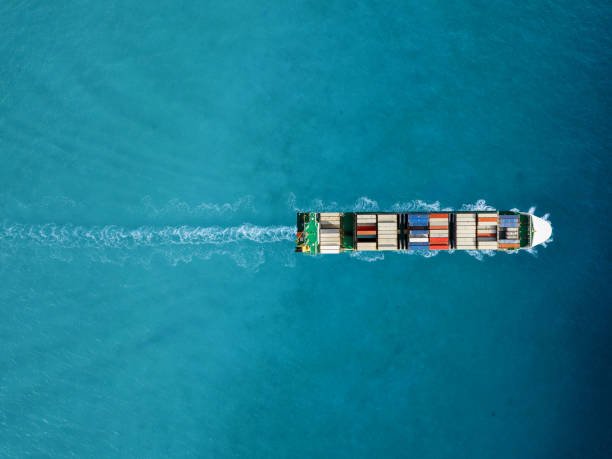-

Biodiversity
EarthOS can help to progress our understanding of the health and potential stressors on ecosystems. This can be used to pave the way towards more concrete and effective measures against ecosystem and biodiversity loss.
-

Energy and Infrastructure
Optimize investment in renewables and distribution grids based on environmental conditions. Identify risks to infrastructure, potential markets, and inform strategic planning. Predict areas that will increase demand on the grid due the heightened risk of extreme weather events.
-

Finance and Insurance
Identify what regions or lines of business are likely to become more or less economically viable to invest in or insure over the coming decades. Help customers minimize the impact of climate change by guiding mitigation and resilience strategies.
-

Disaster Risk
Evidence-base for preparedness actions, and allows coordinators to set automated alerts at local/regional and global levels to trigger forecast-based action. Strengthen preparedness, vulnerability reduction, early warning, and early action.
-

Scientific Research
Access and run simulations on high spatial and temporal resolution forecast scenarios through a user-friendly interface. Combine and compute climate and societal datasets, to examine how they interact over different time scales. Develop and test theories, and identify flashpoints that can guide case selection for more detailed studies.
-

Land Use Planning
Inform planning at the municipal level from various risks including flooding, drought, water scarcity, and heat stress. Increase resiliency to major climate shifts, and ensure communities are equipped with mechanisms to mitigate and cope with these changes.
-

Logistics and Shipping
Plan more efficient transport routes given the current and predicted environmental conditions. Send automated messages about hazardous conditions including icy roads, flooding and storm surge.
-

Defense and Intelligence
Boost intelligence operations, inform defense planning, and integrate climate change considerations into other critical aspects of situational awareness.
-

Agriculture and Forestry
Predict weather and soil conditions in the short, medium and long term, and plan for ideal harvest times. Identify in advance conditions that negatively impact growth including insufficient precipitation, frost, and the spread of pests. Inform targeted use of pesticides, irrigation, and fertilizer. Predict areas where species are likely to thrive under future environmental conditions.
-

Government
Plan developments, monitor and reduce emissions, and inform trade negotiations. As food security, access to water, and climate migration increasingly affect governments around the world, understanding the future environmental conditions will be critical.
-

Fisheries and aquaculture
Predict conditions which accelerate harmful algae blooms, the spread of disease, and the movement of invasive species, as well as understanding changes in biomass, enabling more sustainable fishing and aquaculture practices.

